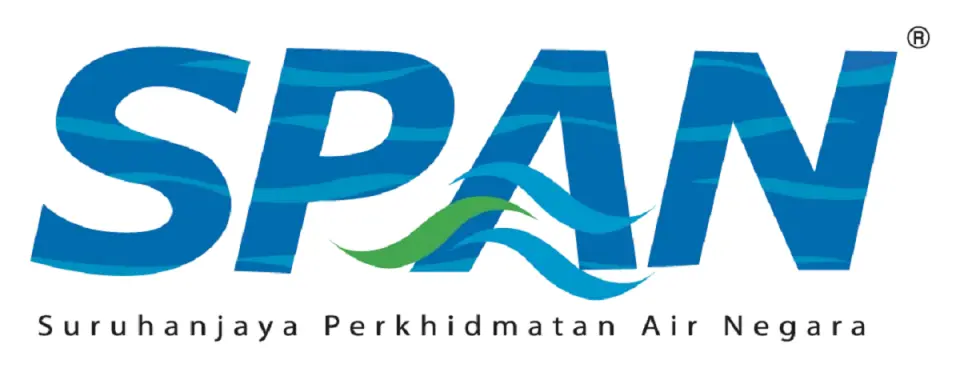CYBERJAYA, Oct 23 — Seven dams have been identified as high risk and may cause water supply issues to water treatment plants (WTP) and their surrounding areas in the event of dam malfunction, including due to weather factors.
National Water Services Commission (SPAN) chairman Charles Santiago said the seven dams are Pedu and Muda in Kedah; Durian Tunggal, Asahan, and Jus in Melaka; Mengkuang in Penang, and Linggui in Johor.
These dams have been classified as high-risk in the Level of Water Supply Dam Monitoring Report 2022 after a risk assessment was carried out based on three key factors: physical performance, storage level record, and the number of WTPs in the dam’s areas.
“The risk is to the water supply. It is not that the dams themselves are dangerous, but they can disrupt the water supply because, along the rivers connected to them, several WTPs rely on the dams as their water resources,” he said at a press conference today.
Santiago said the report proposed the respective state governments develop Off River Storage (ORS) for water supply to reduce the risk.
“Constructing new dams is seen as less effective because they require extensive catchment area.
“Therefore, developing ORS is an alternative to help improve water source capacity. Besides serving as reservoirs, the ORS can also act as a flood mitigation measure,” he said.
Elaborating, Santiago said ORS functions by taking raw water from the nearby river and channelling it into the reservoir, where it undergoes pre-sedimentation treatment.
The water is then channelled to WTPs for further treatment before being distributed to consumers.
He added that Selangor has been using the ORS concept since 2008 in Bestari Jaya, where a former mining area was turned into a water catchment area to support the flow of Sungai Selangor, which receives water discharge from the Sungai Tinggi Dam and the Sungai Selangor Dam.
“Other state governments need to adopt the same method. We must understand it is important for the rivers and dams to ensure water resources’ sustainability,” Santiago said.
The report also revealed that 16 out of 55 water supply dams in Peninsular Malaysia and Labuan are over 50 years old.
“For these dams, a review of the design and safety, as well as active and dead reserves, need to be conducted because their original design has undergone significant changes,” he said.
SPAN is the regulatory body for the water services industry based on the Water Services Industry Act 2006.
— Bernama





